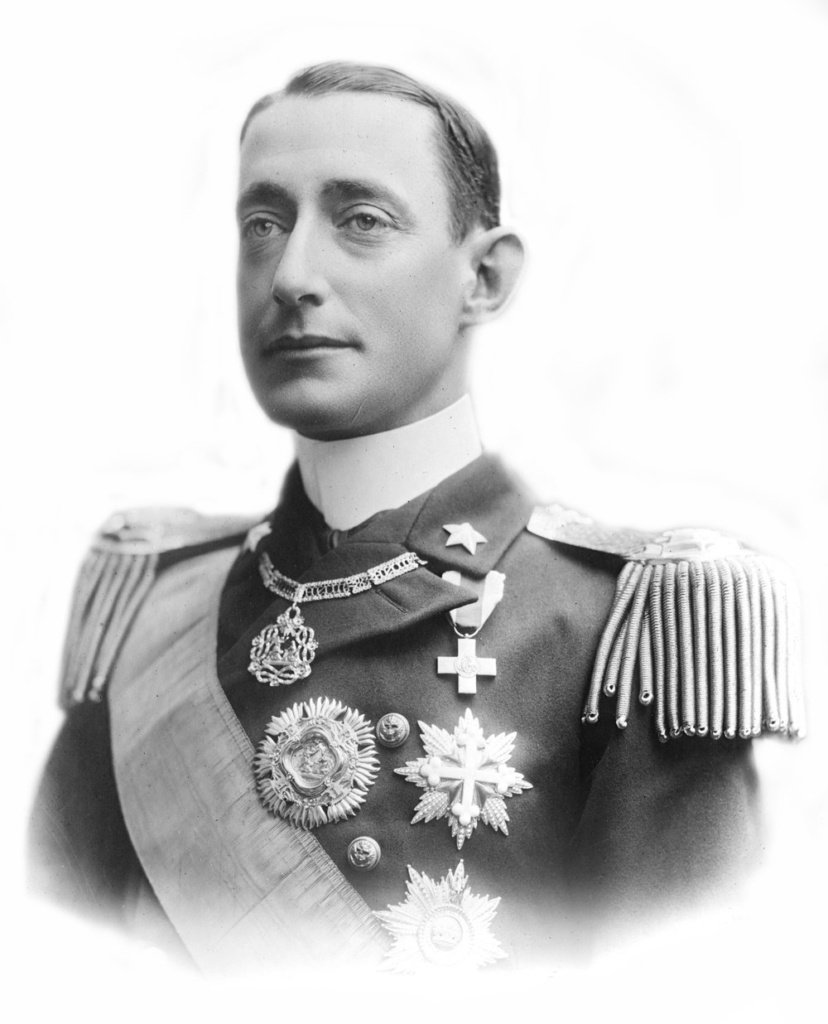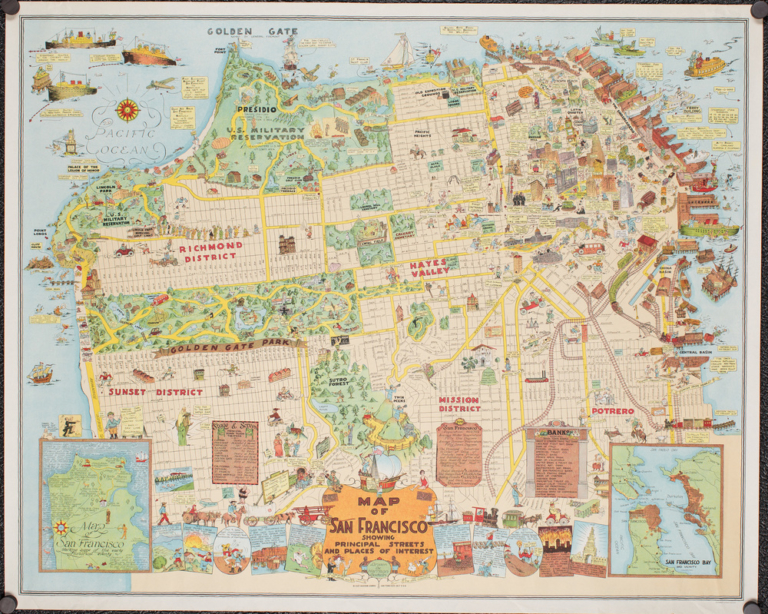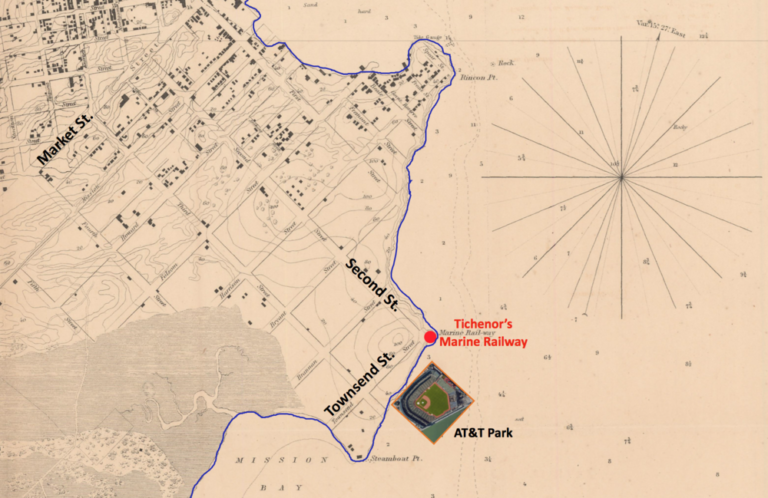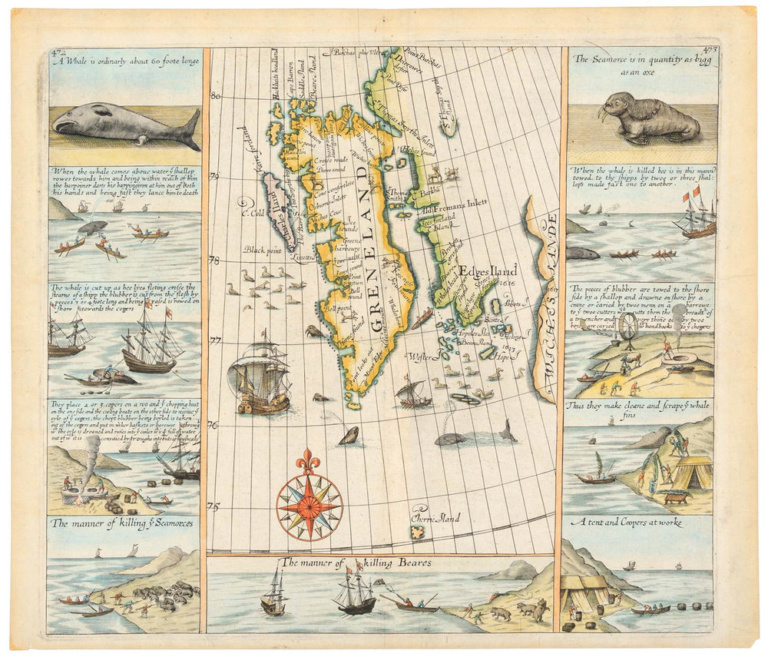By the end of the 19th century, most of the inhabited world had been explored and much of it made subject to the European imperialist powers. Conquest and wealth through trade were no longer motivating factors for explorers.
The motivation for exploration might have been what Sir Edmund Hilary expressed about Everest: “because it’s there.”

Luigi Amadeo Giuseppe Mario Fernando Francisco di Savoia-Aosta, the Duke of Abruzzi, was an adventurer. Young, powerful and wealthy, prince of the House of Savoy (which had been established in the year 1006 CE), third son of the King of Spain, and cousin to the King of Italy, Abruzzi was an accomplished mountaineer, who had climbed the Matterhorn in 1894 (only 29 years after the first ascent of that mountain, which is so difficult that it was not until 1931 that its north face was scaled, and not until 1962 that its west face was scaled) and in 1897 was the first person to ascend Mt. St. Elias, the third highest peak in North America (after Denali and Mount Logan).
In 1899, he set his aim to reach the North Pole. He spoke with Fritjof Nansen, who (with Hjalmar Johansen) had more closely approached the pole than any other person. He bought sled dogs from Russia. He bought a steamship, which he renamed the Stella Polaris (Pole Star). He recruited a team of Italians to make the over-ice trek, including Captain Umberto Cagni, who had been a mountaineering companion.

In August 1899, they landed on Franz Josef Land, to prepare for the spring, when their over-ice journey would begin. During the winter, the plan was to practice traveling over ice, and it went wrong in only one aspect: Abruzzi himself met an accident that resulted in his losing the tips of two fingers to frostbite. As a result Abruzzi himself never set out with his sledge teams. They were led by Cagni, instead.
Cagni and his teams would beat Jansen’s approach to the pole by about 20 miles.
Compared to the disasters that had met many previous polar expeditions, Abruzzi’s was highly successful: he lost only three men—one of the support teams that had set out with Cagni’s attempt had turned back when their supplies were exhausted (according to plan) failed to return.
For Abruzzi, though, the loss was too great. He returned to mountaineering and never again attempted the pole.



